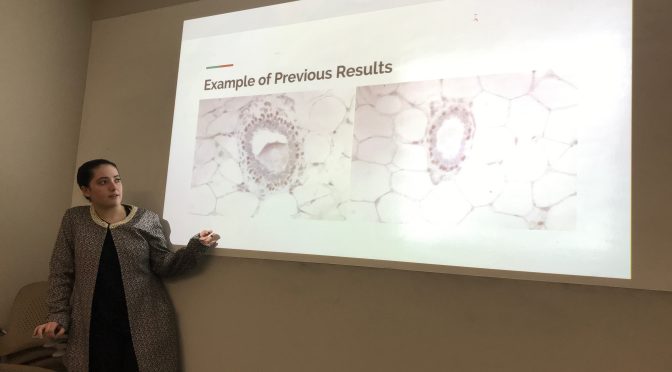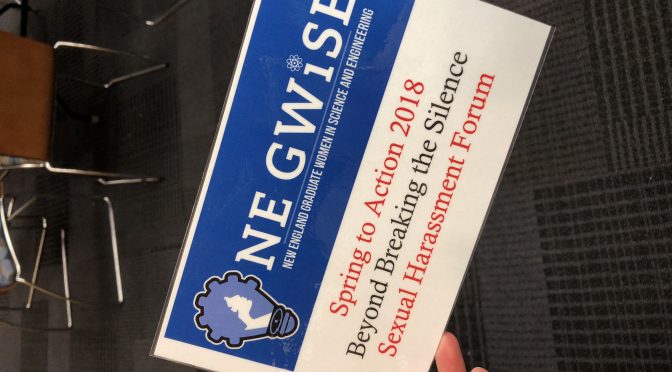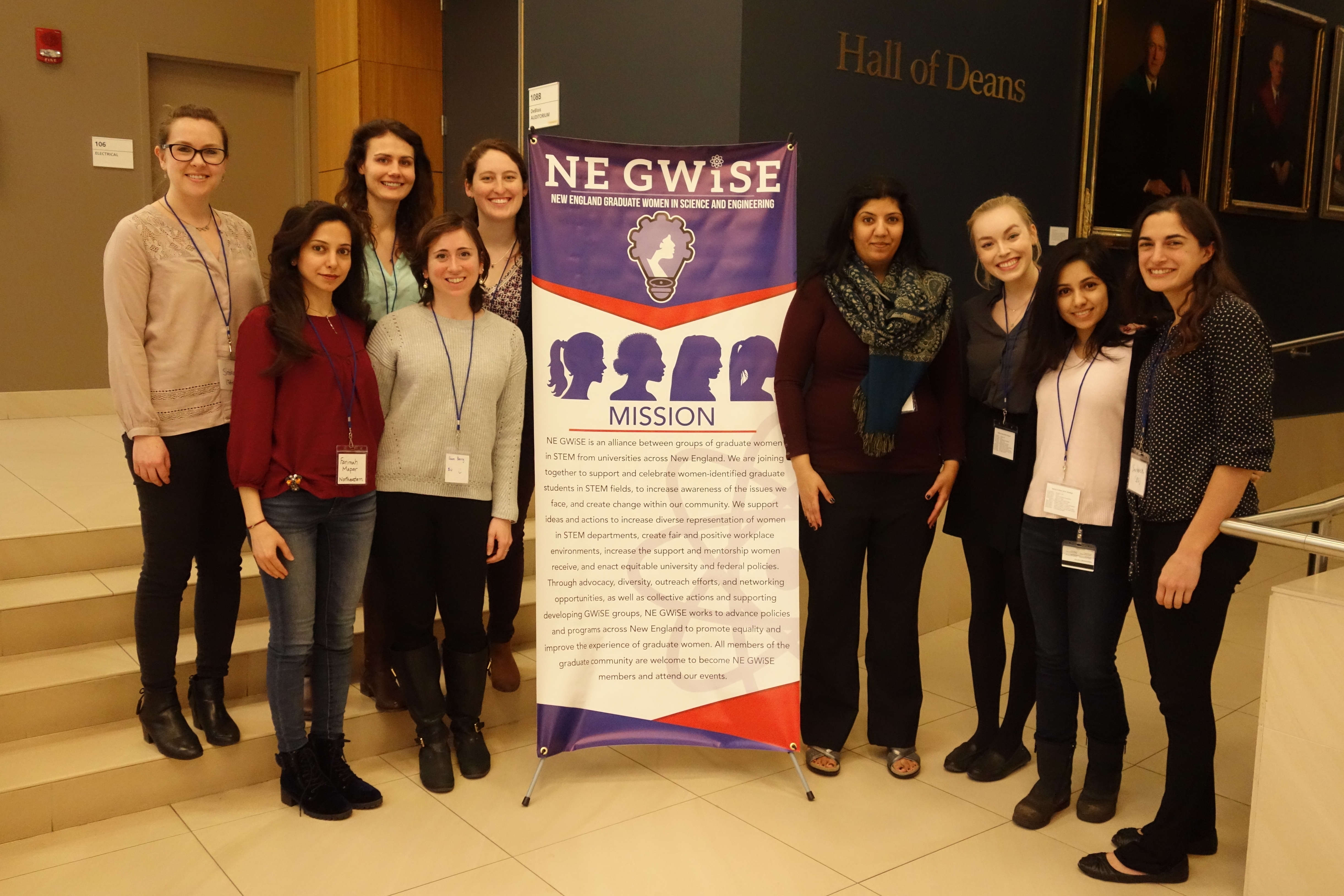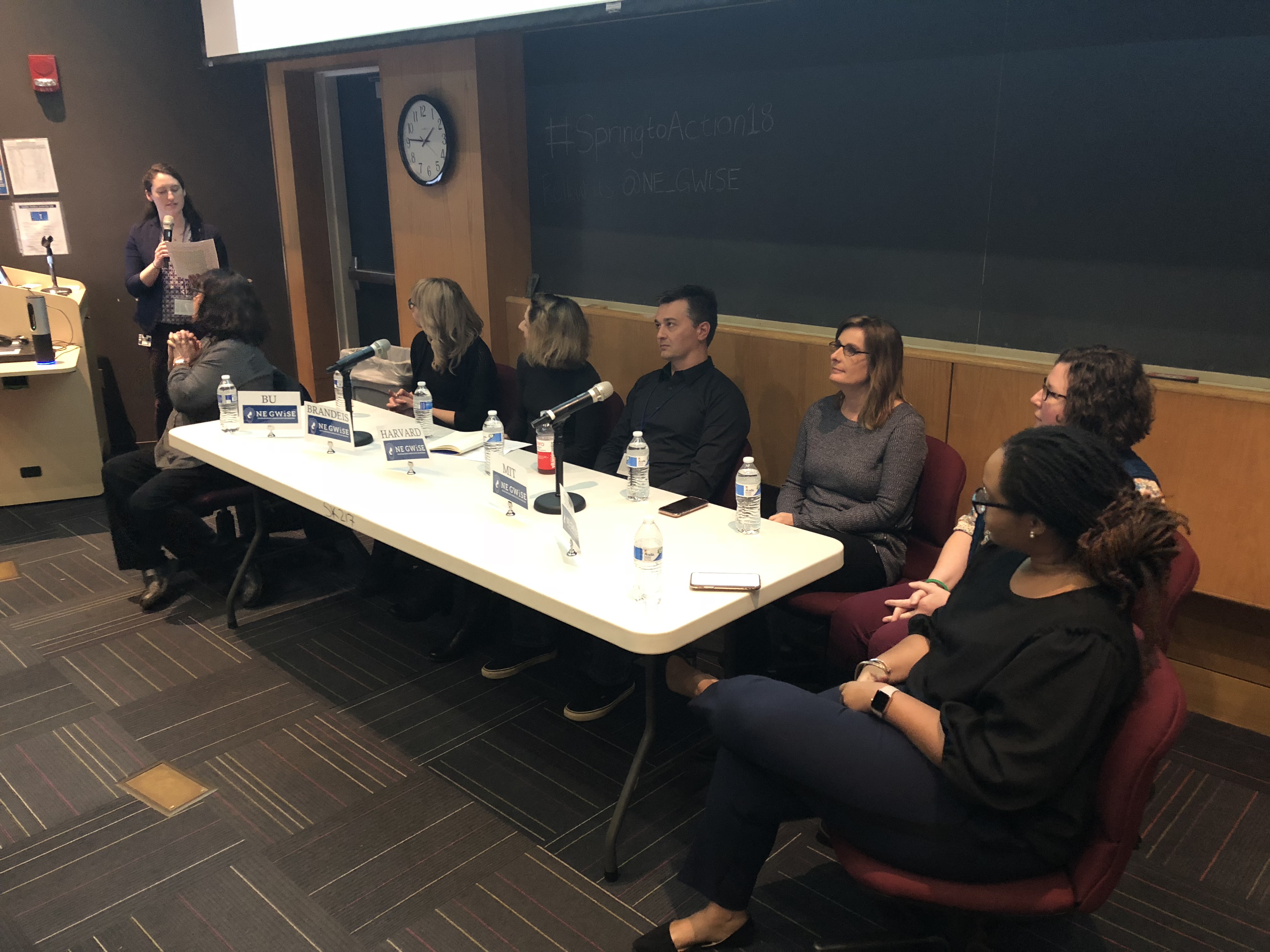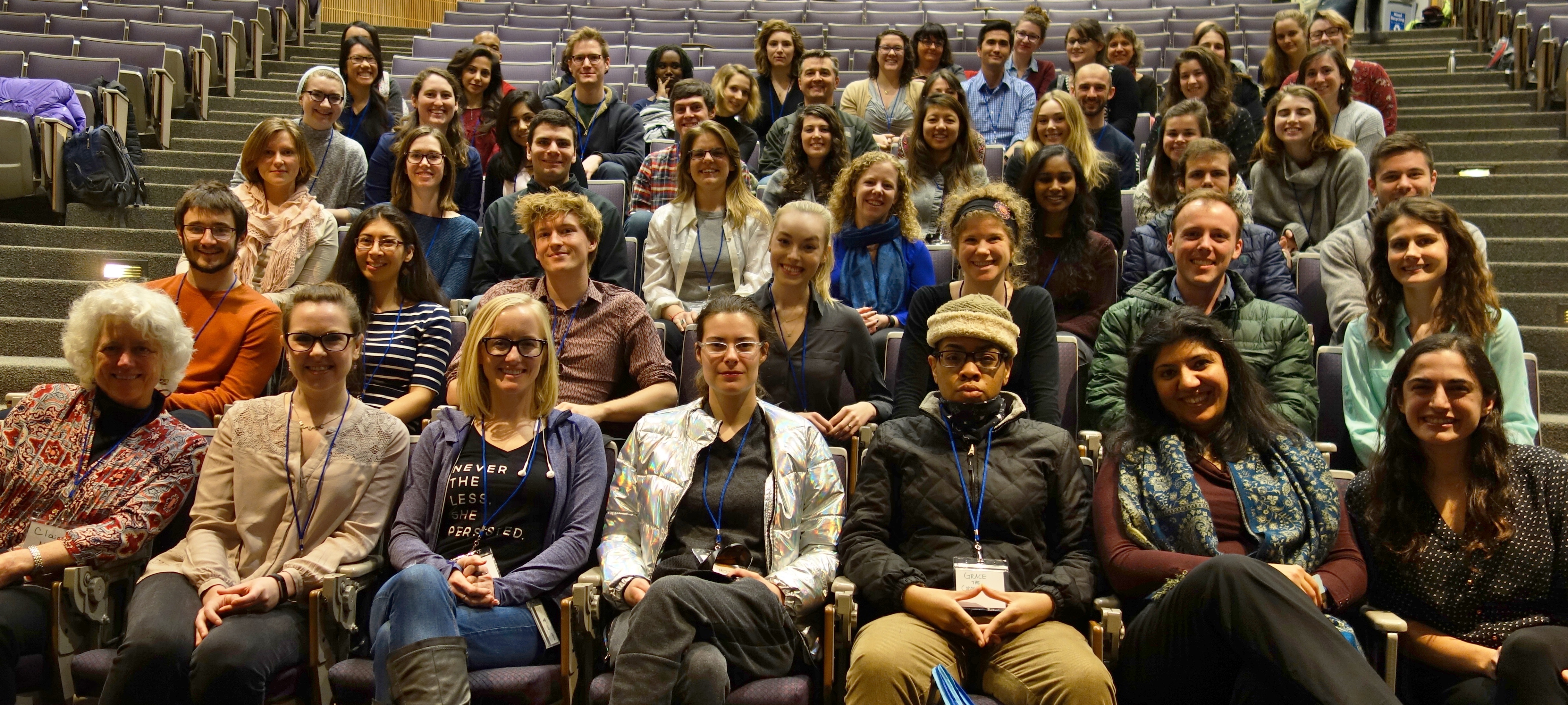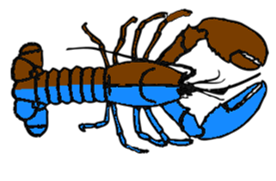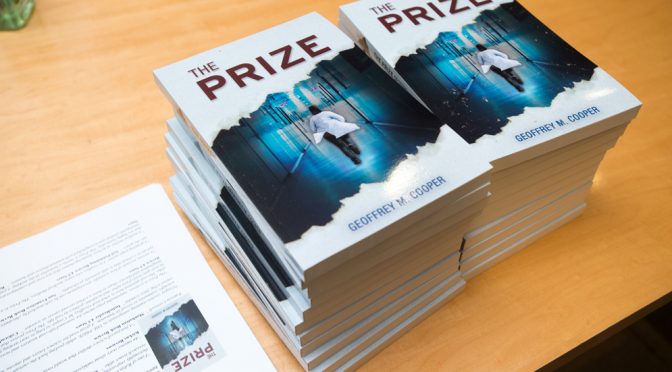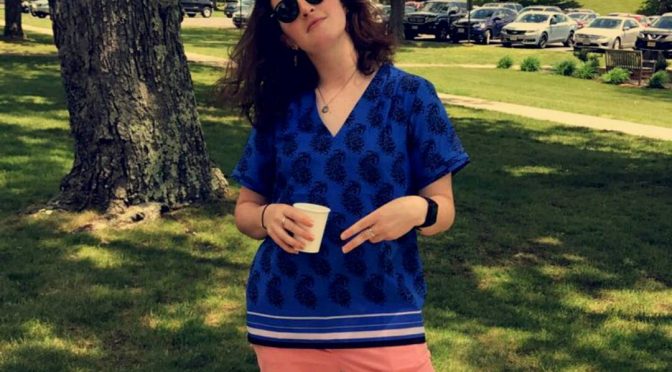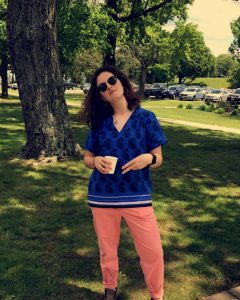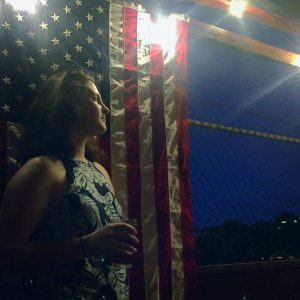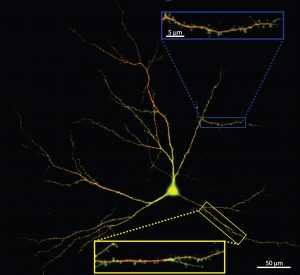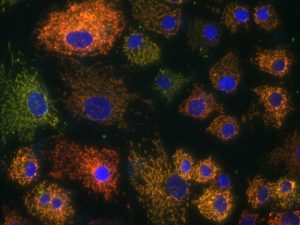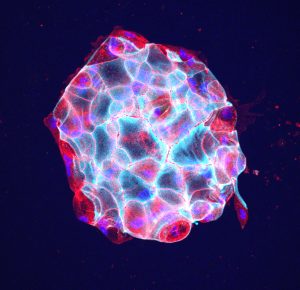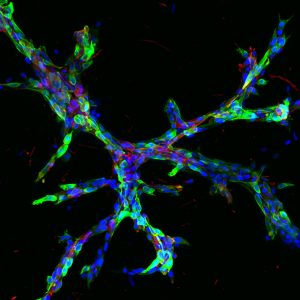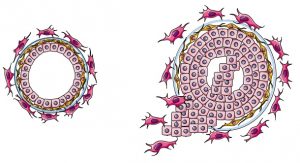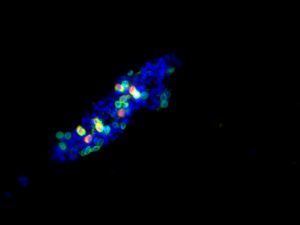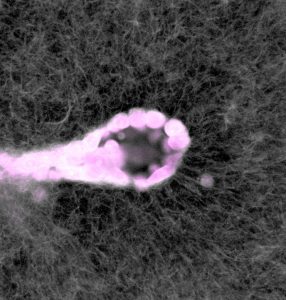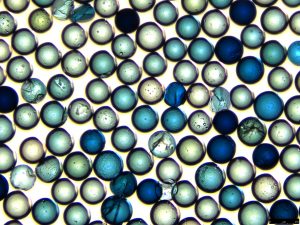Last December, the newly formed student organization, Tufts Graduate Women in Science & Engineering (GWiSE, Tufts chapter of New England GWiSE), participated in a city-wide philanthropic effort. A donation drive was organized for Rosie’s Place, a shelter focused on helping poor and homeless women; founded in 1974, it is the first women’s shelter in the US. The drive was meant to run from Dec 11-15, and collect tampons, pads and any other menstrual hygiene products.
However, when Siobhan McRee, a Genetics grad student who co-founded Tufts GWiSE, went to place a donation box in the Jaharis lobby, she was informed that she wasn’t allowed to do it, as there is already a “Toys for Tots” box in the lobby. Additionally, the security personnel informed her that she would need approval from the Friedman nutrition school to place a box in the lobby. McRee had already obtained permission from Associate Dean Dan Volchok, following precedence of other donation drives (e.g. – GSC winter clothing drive 2015). Dan V was quick to solve the problem, according to McRee, but she didn’t feel comfortable putting the bin in the lobby anymore. Instead, she decided to try the program offices in M&V 5th floor.
McRee was surprised to find that there was resistance from the administrators too. “You don’t expect pushback from certain groups of people”, McRee explained (most of the office admin are female). The general consensus among the admins, led by one strong proponent, seem to be that the donation bins and the flyer for the drive (approved by the dean’s office) were inappropriate and would make men uncomfortable. She was told to post the flyers and put the bin in the women’s bathroom. A supporting admin later offered their office space to host the bin and collect the donations. Tufts GWiSE informed the student body accordingly and donations were effectively collected from Dec 13-15.
Despite the pushback, McRee believes that the drive was successful, “we filled up the back of a car”. She added that the pushbacks might have actually helped the drive in some way. But, she was dismayed to find that people at Tufts would harbor such old-fashioned views that women’s reproductive issues should not be discussed in public, especially on the biomedical campus of a liberal institution. She believes that this is an indication that sexist attitudes towards women’s health, that are rooted in patriarchal ideology, need to be addressed to create a safe working environment for women and to fight against discrimination and sexual violence. When asked for his comments, Dan V stated that the events that transpired are not representative of the greater Tufts community, and Dean Dan Jay mentioned that he had not heard of the pushback from department admins. Contrary to expressed opinions as to how the drive might offend men, male community members actively participated in the drive, further supporting Dan V’s convictions re: the Tufts community.
While the Dean’s office at Sackler was very helpful, the response from Tufts university administration seemed lukewarm in comparison. McRee’s husband, after learning of the incident, tweeted to the university and the president. Patrick Collins, executive director of the Tufts PR department, reached out to McRee to take note of what happened. However, as McRee described, there was no followup afterward and she felt that they weren’t proactive about the matter and didn’t offer an apology that a Tufts employee would pose such roadblocks in holding a donation drive for women’s health.
This kerfuffle may seem an isolated incident in a largely liberal institution which has vowed a fight against sexual harassment and violence against women. However, from a broader picture, this doesn’t seem so isolated. It is true that Massachusetts sets a higher standard for women’s rights compared to other states across the nation – from popular support for Planned Parenthood to not having any taxes on feminine hygiene products (otherwise known as “tampon tax”, a discriminatory legislature considering that Viagra enjoys a tax-free status). However, just as racial inequality in the city of Boston exists in a hidden but structural manner, the same is true for violence against women. This violence takes the shape of entrenched patriarchal views that still seem to be pervasive in a liberal community, besides the ubiquitous, more overt forms of violence such as domestic abuse & rape. These views and barriers impede the improvement of women’s health, as McRee’s experience shows, in a manner that is hard to fight against (re-routing, administrative bureaucracy). “I was told to just do it and ask for forgiveness later, but I’m a non-confrontational person, and, this shouldn’t be the norm” McRee explained as to how she felt discouraged regarding putting a donation bin in the lobby.
Such structural barriers to women’s health issues have disproportionate effects along the racial line – the city of Boston reported in 2015 that 69.7% women living in poverty are non-white. Additionally, these barriers affect an even more marginalized community, that of the transgender population, who are routinely turned away from homeless shelters and therefore are at greater risks of harm to their health especially since a significant portion of them turn towards sex work to meet basic needs. The need for menstrual hygiene products are even greater in this community, considering the myths surrounding their bodies and the taboo regarding their identities. In recent years, Boston’s aid to the homeless has grown scarce, especially after the closure of Long Island shelter and with a sizeable portion of this population yet to be rehabilitated. This drive probably could have been more effective and served the needs of a greater portion of the homeless population, if not for such roadblocks.
In the wake of the #MeToo and #Time’sUp movements, agency and ownership of a woman’s body has come into the limelight once again. The belief that women’s health should not be discussed in public is rooted in patriarchy, and that menstruation can cause discomfort to men serves to solidify its ideological grasps on men and women alike. These ideas also rob a woman of her agency and ownership of her body, while adding stigma and shame. These methods of structural violence are more subtle and harder to disavow compared to assault and rape, as the Aziz Ansari case has shown, but they need to be faced and dismantled as well if gender equality is to be achieved at Tufts, Boston or any other community for that matter. McRee believes that both men and women should be part of the conversation surrounding such issues and that men, just as they helped with the donation drive, can play an important supporting role in advocating for better policies to improve women’s health.
A step towards addressing such issues is already being organized by Tufts GWiSE, in partnership with New England GWiSE – “Beyond breaking the silence, building a collective”, a gender-inclusive forum focusing on sexual harassment in academia will be taking place on March 3rd, 12-6 pm in the Sackler building. The forum intends to discuss sexual harassment issues in the STEM fields, explore current policies at local graduate schools that address such issues and develop a plan of action to collectively advocate for improved policy action. If interested, please RSVP here. Additionally, events by other groups on campus are also being organized to discuss the state of women in biomedical science. For future events and more information, keep a lookout on the weekly Goods and social media outlets – you can follow @TuftsGWiSE on Twitter and Facebook.




